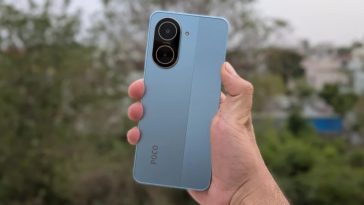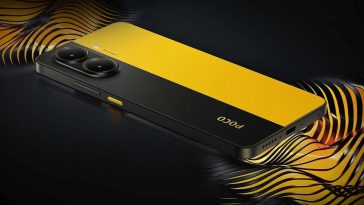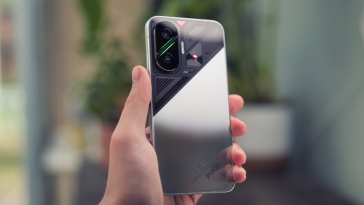The second half of 2025 has ignited a flagship smartphone showdown with the launch of Qualcomm’s Snapdragon 8 Elite Gen 5 chipset, and Xiaomi wasted no time seizing the spotlight. On September 25, the Chinese tech giant unveiled its Xiaomi 17 series, headlined by the Xiaomi 17 Pro e 17 Pro Max – two devices that share flagship DNA yet cater to distinct user needs. While both debut the latest processor and innovative dual-screen design, raises a critical question: Should you opt for the compact all-rounder or splurge on the larger, more powerful variant? This review dissects their performance, design, cameras, and battery life to help you decide.
Both devices embrace Xiaomi’s new design language centered on the Magic Back Screen – a game-changing secondary display integrated into the camera module that elevates functionality beyond mere aesthetics. However, size and proportions set them apart:
- Xiaomi 17 Pro: At 151.08×71.8×8mm and 192g (194.8g tested), it’s a compact flagship that fits comfortably in one hand. The 6.3-inch front display pairs with a 2.66-inch rear secondary screen, which handles notifications, self-portrait previews, and customizable widgets like sticky notes or AI pet wallpapers . The matte finish resists fingerprints, and the metal frame with subtle curved edges ensures a smooth grip. Available in Black, Cold Smoke Purple, Forest Green, and White, it balances elegance with practicality.
- Xiaomi 17 Pro Max: Designed for 大屏 enthusiasts, it stretches to 162.9×77.6×8mm and 219g (221.9g tested) – a noticeable heft but manageable for its 6.9-inch front panel . Its back screen expands to 2.86 inches, offering more display real estate for dynamic notifications, retro game emulation (with a compatible case), and detailed camera previews . The camera module, featuring Leica branding, integrates seamlessly with the back screen, creating a bold, cohesive look. The same 磨砂 finish and Dragon Crystal Glass 3.0 protection (30% more drop-resistant than previous generations) ensure premium durability .
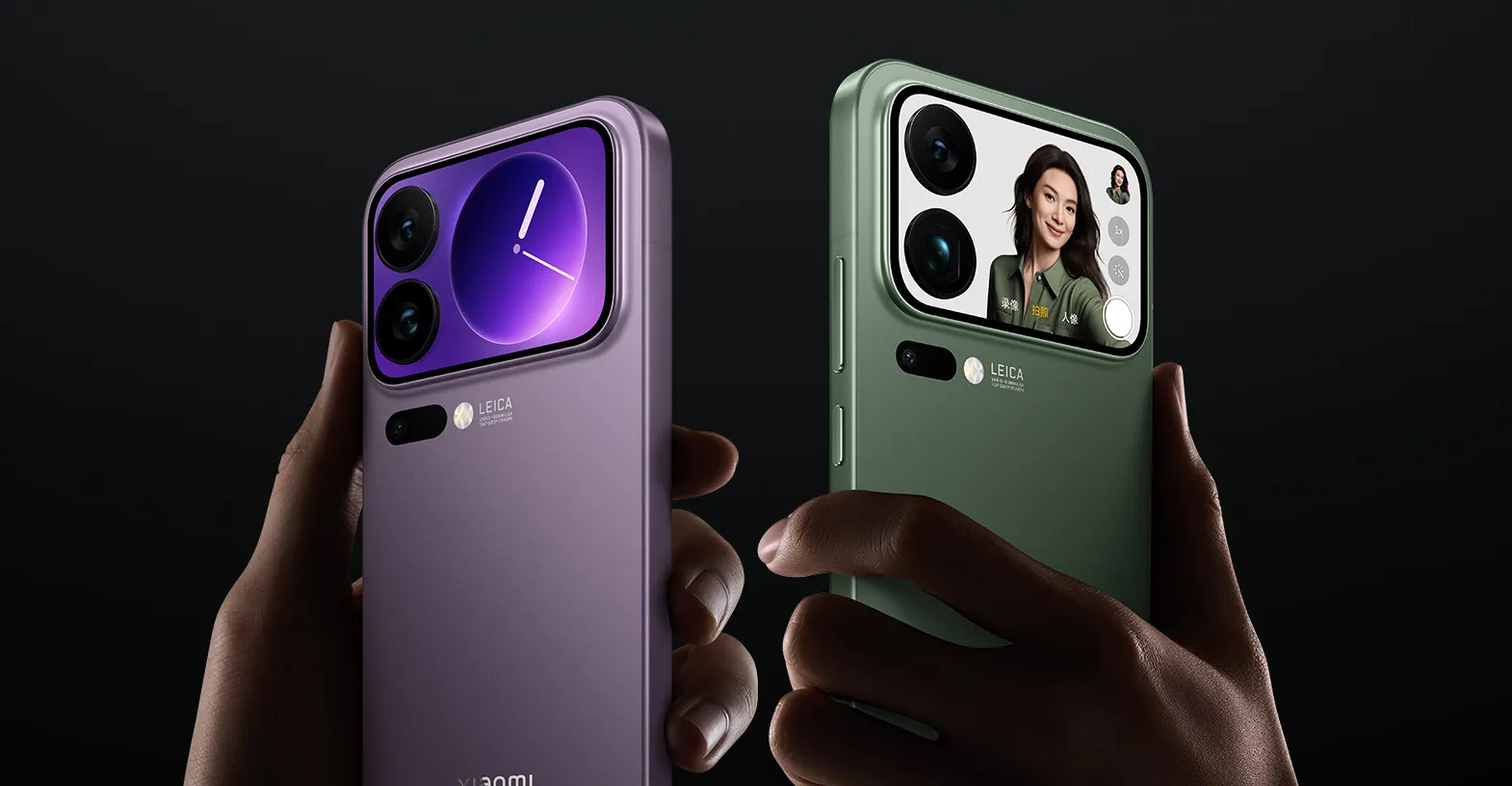
Xiaomi equips both models with high-end OLED panels from BOE, but size and resolution create meaningful distinctions:
|
Recurso |
Xiaomi 17 Pro |
Xiaomi 17 Pro Max |
|
Tamanho |
6.3 inches |
6.9 inches |
|
Resolução |
2656×1220 (1.5K) |
2608×1200 (1.5K with Super Pixel) |
|
Peak Brightness |
3500 nits |
3500 nits |
|
Taxa de atualização |
1-120Hz LTPO adaptive |
1-120Hz LTPO adaptive |
|
Proteção |
Dragon Crystal Glass |
Dragon Crystal Glass |
|
Secondary Display |
2.66 inches |
2.86 inches |
The Pro Max’s “Super Pixel” technology stands out, delivering 2K-like clarity while maintaining 1.5K power efficiency – ideal for streaming 4K content or gaming . Both screens support 2160Hz PWM dimming + DC dimming, reducing eye strain in low light, and cover 100% DCI-P3 color gamut with HDR10+ and Dolby Vision support . The secondary displays are more than gimmicks: they let you answer calls, check navigation, or control music without flipping the phone, with the Pro Max’s larger back screen handling more complex tasks like editing photos .
As launch devices for Qualcomm’s 3nm Snapdragon 8 Elite Gen 5, both phones redefine flagship performance. The chip features a 2+6 core configuration (2x 4.6GHz Oryon super cores + 6x 3.62GHz performance cores), 24MB total cache, and an Adreno GPU with 23% improved graphics performance . Paired with up to 16GB LPDDR5X RAM (8533Mbps) and 1TB UFS 4.1 storage (with FBO 2.0 optimization), they handle demanding tasks with ease:
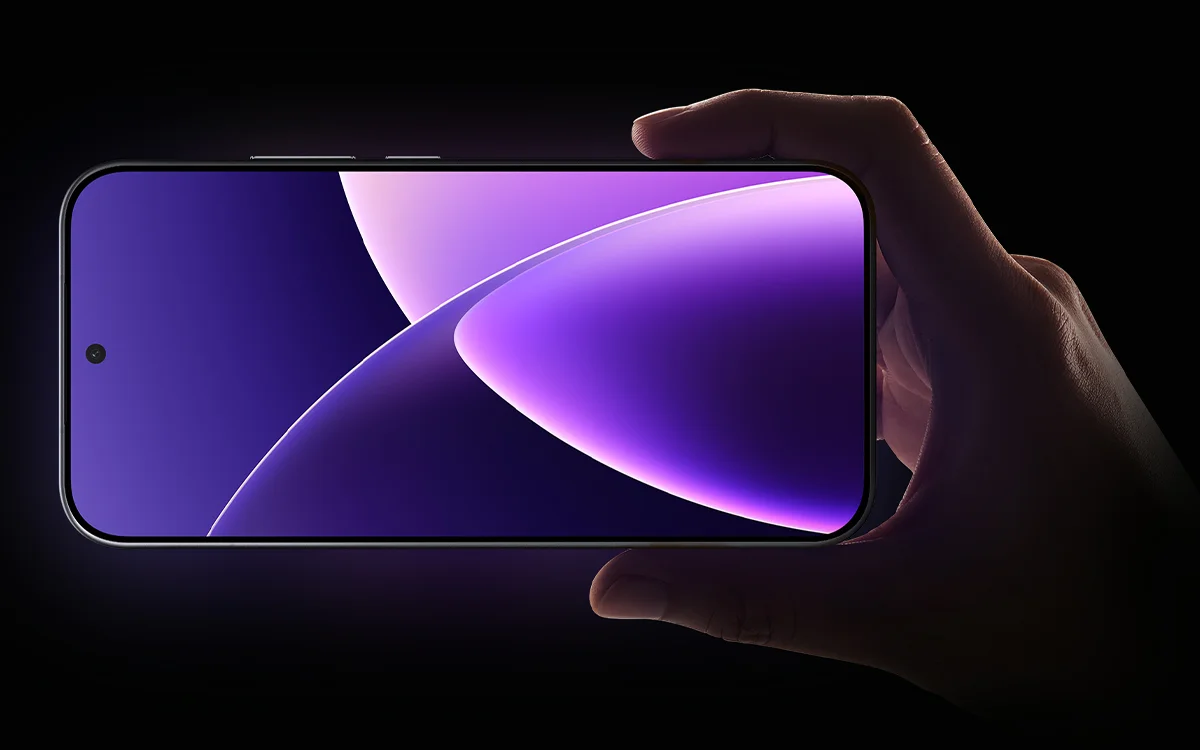
- Benchmarks: The Pro Max scored 3,623,378 on AnTuTu V11, 3,440 (single-core) and 10,448 (multi-core) on GeekBench 6, and 10,814 on 3DMark Solar Bay (ray tracing) . The Pro delivers nearly identical scores, as the chipset isn’t throttled for size.
- Gaming: Both run Genshin Impact at max settings (60FPS average, 53.6FPS 1% Low) and Honor of Kings at 120FPS (120.1FPS average) with minimal heat . The Pro Max’s larger body dissipates heat slightly better (39.2℃ vs. 40.1℃ during 20-minute Genshin sessions), but the difference is negligible.
- Programas: Android 16-based HyperOS 3 brings a Dynamic Island-like HyperIsland feature, seamless multitasking, and AI-driven optimizations. The system feels fluid, with no lag even when switching between 20+ apps.
Key Difference: Performance is virtually identical – the Pro Max’s advantage lies in sustained workloads due to better thermal management, but most users won’t notice a gap in daily use.
Both devices sport a Leica-tuned triple-camera system, but the Pro Max refines the telephoto experience:
- Common Features: 50MP Light Hunter 950L main sensor (LOFIC HDR, 16.5EV dynamic range), 50MP ultrawide lens (120° FOV), and 50MP front camera (AI portrait mode) . Daytime photos exhibit rich colors, sharp details, and natural bokeh, while night mode eliminates noise without over-smoothing.
- Pro Max Exclusive: The 5x periscope telephoto lens uses a larger sensor with hardware-level HDR, delivering clearer shots in low light and better dynamic range for zoomed-in subjects . It also supports 8K video recording at 30FPS (vs. 4K/60FPS on the Pro) and improved optical image stabilization (OIS) for shaky scenarios.
- Back Screen Utility: Both let you use the rear cameras for selfies with real-time previews on the secondary display – a game-changer for group photos or detailed self-portraits .
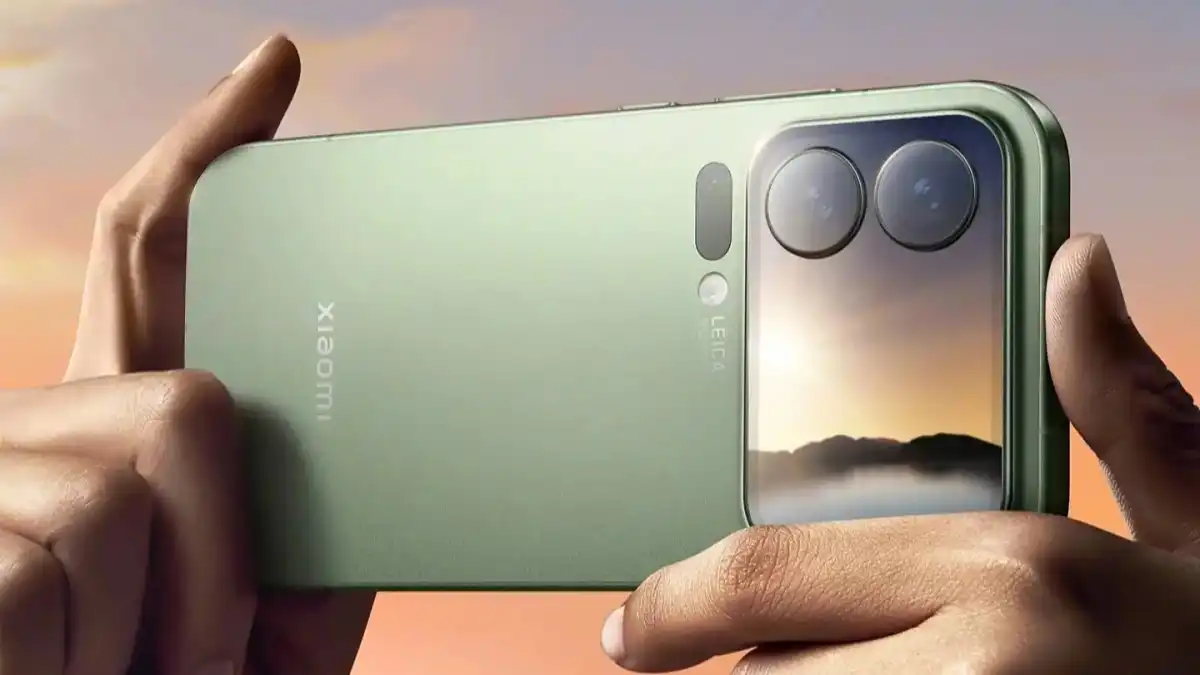
Key Difference: The Pro Max’s telephoto upgrades are meaningful for photography enthusiasts, but casual users will find the Pro’s camera system more than sufficient.
Battery capacity is where the Pro Max pulls ahead significantly:
- Xiaomi 17 Pro: 6,300mAh battery. In our test (1 hour video streaming, 1 hour gaming, 1 hour social media), it lasted 8 hours and 15 minutes, with 23% remaining.
- Xiaomi 17 Pro Max: 7,500mAh “Jinshajiang” battery. The same test yielded 10 hours and 40 minutes of use, with 31% left – enough for a full day of heavy use without charging .
Both support 100W wired fast charging (0-100% in 35 minutes) and 50W wireless charging (0-100% in 68 minutes), plus 22.5W reverse wireless charging . The Pro Max’s battery is a standout feature, eliminating range anxiety for frequent travelers or power users.
O Xiaomi 17 Pro e 17 Pro Max are both exceptional flagships, but they target distinct audiences. The Pro excels as a balanced, portable option that doesn’t compromise on performance or features, while the Pro Max justifies its premium with a larger display, longer battery life, and improved telephoto camera. For most users, the Pro offers the best value, but if you’re willing to pay extra for a more immersive, long-lasting experience, the Pro Max delivers. Either way, Xiaomi’s 17 series sets a new standard for dual-screen innovation and flagship performance in 2025.


